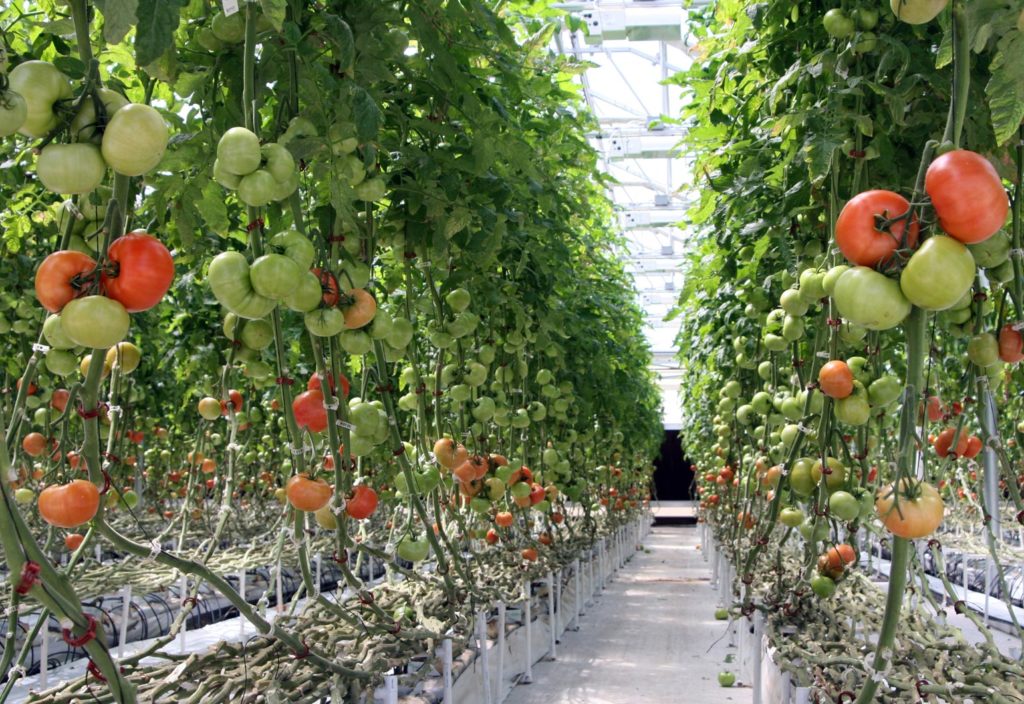Your groceries are getting a 21st-century reboot thanks to a new research centre focused on the future of food.
Australia’s population is forecast to hit 30 million by 2029 and reach almost 50 million – double the current population – by 2066. That’s a lot of mouths to feed, and with most of this growth concentrated in cities, the question needs to be asked: how can food production keep pace?
A new Future Food Systems Cooperative Research Centre (CRC) has received funding to the tune of $35 million to help answer that question over the course of the next decade.
The new CRC will focus on advanced food manufacturing, as well as how the sector can be more sustainable as Australia’s population continues to grow.
A cornucopia of challenges
Modern food production faces problems on many fronts. Growing populations demand increased output. Meanwhile, fewer people are choosing a life on the land, and climate change will create obstacles, some of which are hard to predict.
Minister for Industry, Science and Technology Karen Andrews said the new Future Food Systems CRC is designed to help Australia stay on the front foot in this area by bringing industry and research together.
“What we have to do is make sure we are looking towards the future and we’re clear what the issues are that we need to address,” she said at the launch event at UNSW.
These challenges include boosting the productivity of regional and peri-urban food systems, making it easier for innovators to bring their prototypes to market, and managing farm-to-table supply chains with extreme accuracy.
The CRC will initially work with regional stakeholders in six ‘food hubs’ to apply the latest innovations in advanced manufacturing, logistics and food science to farms, greenhouse complexes, factories and freight.
Besides putting food on local tables, streamlining food systems and making them more sustainable would place Australia in a good position to become the breadbasket of Asia.
“If I look at food in particular, we have almost half of the world’s population directly north of us … Australia is ideally located to play a key role in this area,” Andrews said.
Agriculture 2.0
This investment comes with opportunities for engineers who are interested in the intersection of food and technology. From genetic engineering to robotics, there are myriad forms this research can take. UNSW Engineering Dean Professor Mark Hoffman said this will be achieved through partnerships between engineers, technologists and primary producers.
“This CRC will move Australia into a new era of high-technology food production, transforming one of our most important industries and reinforcing our place as a major world food producer,” Hoffman said.
Plans are already in place for developing high-tech agrifood precincts in Liverpool, NSW, and Peel, WA. The Liverpool precinct will be developed in parallel with the new Aerotropolis in western Sydney. Developing these precincts includes providing design and circular economy solutions for water and energy use.
The Future Food Systems CRC website states it will partner with major growers and technology entrepreneurs to develop indoor and vertical farming facilities to increase the amount of food production taking place near existing infrastructure. Developing indoor urban agriculture could be worth up to $395 billion globally by 2030, according to a Food Innovation Australia report.
Circular economy solutions like water recycling, renewable energy and water management will facilitate this. Blockchain platforms and automation will also make an appearance as the CRC works with freight and logistics providers to get goods from A to B.
Queensland University of Technology’s Professor Doug Baker, who is also involved in the project, said there needs to be more integration between planning policy, design and infrastructure, and high-tech growing facilities around transport hubs.
“It’s about being smarter with agriculture and infrastructure, and integrating technology and robotics into that,” he said.
He said an example of a well-integrated future food system was automated, vertical-farming greenhouses located near airports or ports so crops could be picked, packed and shipped with minimal fuss.
Dr Chris Lehnert, a robotics researcher at the Australian Centre for Robotic Vision, sees enormous potential for robotics and automation in future food systems, particularly indoor protected cropping.
“The future potential of robotics in indoor protected cropping will be their ability to intelligently sense, think and act in order to reduce production costs and maximise output value in terms of crop yield and quality,” he said.
To further build this capability, the CRC will support 60 PhD students and train future generations interested in using technology to create more sustainable food production systems.
This funding, which will be doled out over the next decade, is on top of $149.6 million the CRC has previously received from more than 60 industry partners interested in this work.
